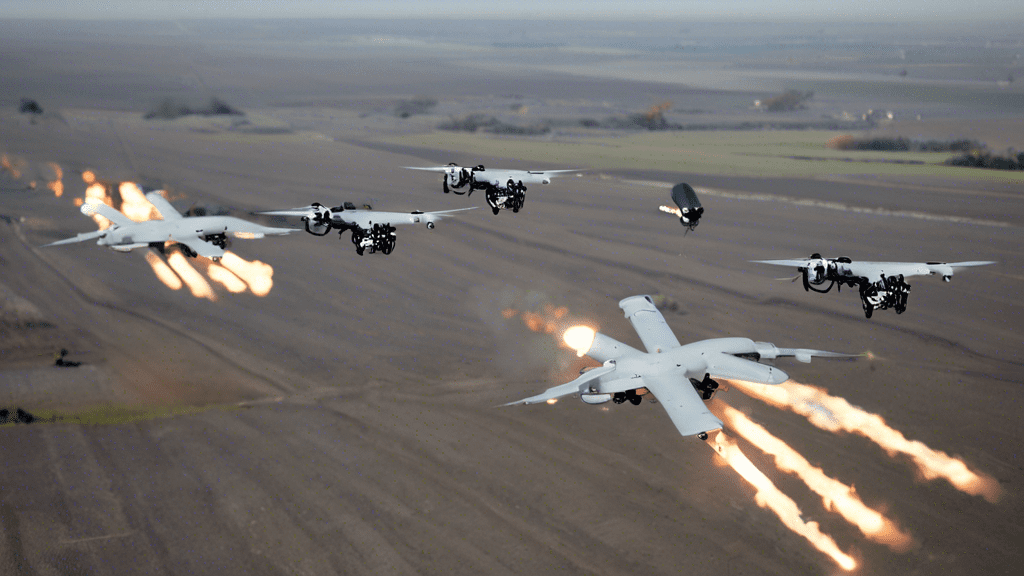Understanding Operation False Target
In the ongoing conflict between Russia and Ukraine, a new strategy has emerged, called Operation False Target. This innovative approach involves a clever mix of drones, providing Russia with a tactical edge that’s hard for Ukraine to counter. By deploying a combination of highly destructive thermobaric drones alongside a multitude of unarmed decoy drones, Russia is looking to overwhelm Ukrainian air defenses and shift the battlefield dynamics. It’s a game changer, and it’s putting significant pressure on Ukraine to respond effectively.
The Role of Decoy Drones
What’s particularly intriguing about this operation is how crucial the decoy drones have become. Reports suggest that over 50% of the drones targeting Ukraine are now non-lethal decoys. In fact, a staggering 75% of new drones produced at Russia’s Alabuga factory are designed to mislead and confuse Ukrainian air defenses. These decoys are not just random fakes; they come equipped with live-feed cameras that gather intelligence about Ukrainian air defense locations, effectively doubling as reconnaissance tools while serving their primary function of diversion. This clever use of technology reflects Russia’s commitment to enhancing its drone warfare capabilities without breaking the bank.
Ukraine has faced an unrelenting wave of drone attacks, significantly impacting its air defense strategies and the morale of its populace. In early November, for instance, the Kyiv region spent up to 20 hours under air alert, a clear indicator of the psychological toll these attacks are taking. The constant threat of incoming drones can create a feeling of unease and anxiety among civilians, making them wonder when the next strike will occur.
While the numbers sound alarming, it’s essential to note that less than 6% of the drones successfully hit their intended targets. Nevertheless, the overwhelming volume of the drone assault ensures that at least a few slip through daily, inflicting real damage. Despite the effectiveness of Ukraine’s defenses, the sheer scale of these attacks proves to be a challenge. For example, in October 2023 alone, Russia launched a staggering 1,889 drones against Ukraine—an 80% increase from just two months prior.
However, the tactical advantage doesn’t come without its challenges. Ukraine’s air defenses are in a constant battle to differentiate between the armed and unarmed drones, as neither radar nor electronic jamming can easily distinguish between them. This means Ukrainian forces have to make critical split-second decisions on how to allocate their limited resources each time a swarm of drones is detected.
As the conflict continues, Operation False Target highlights a significant evolution in drone warfare and the creative strategies adopted by both sides. With each new development, it becomes increasingly clear that understanding these tactics is essential for grappling with the future of warfare in this region. Keeping an eye on how this aerial battle unfolds could provide invaluable insights into modern combat scenarios.
